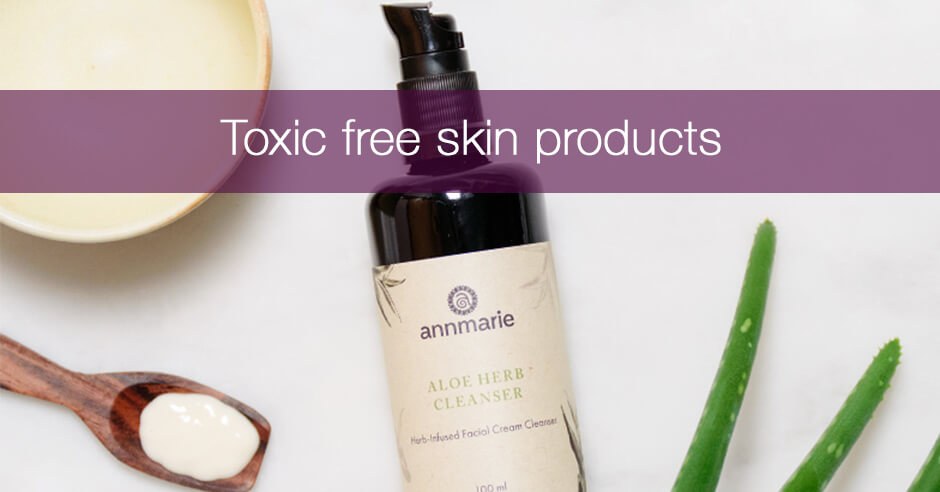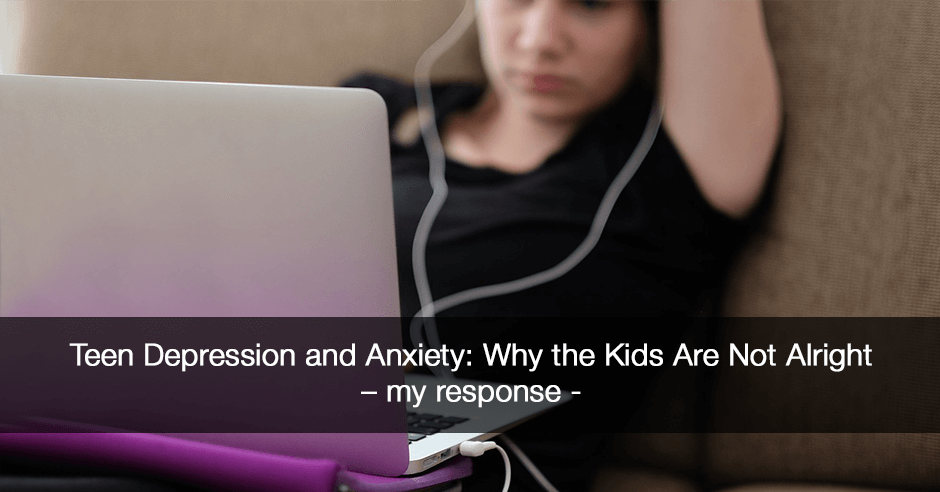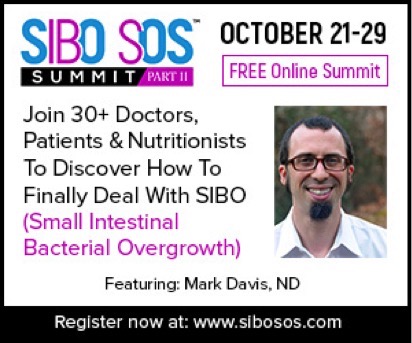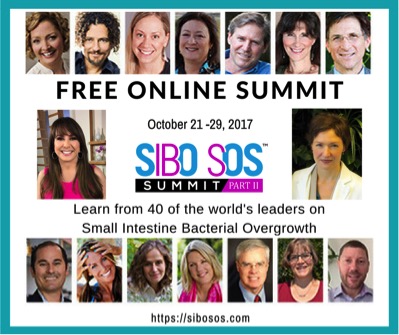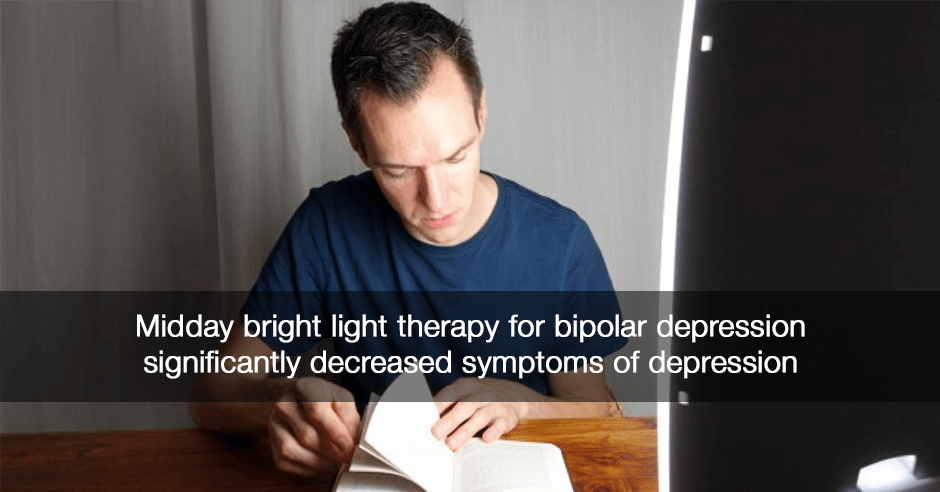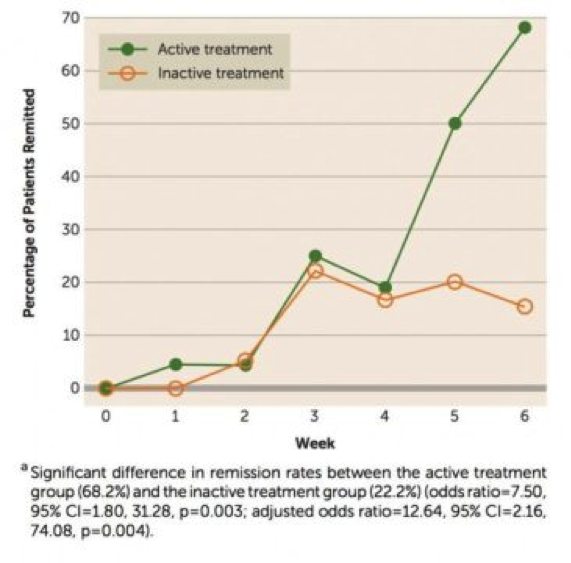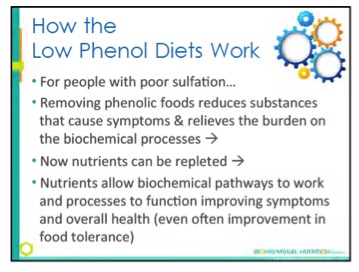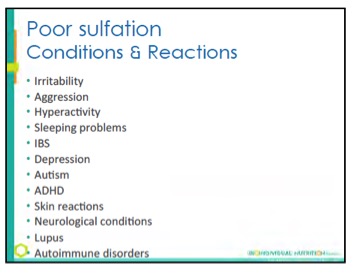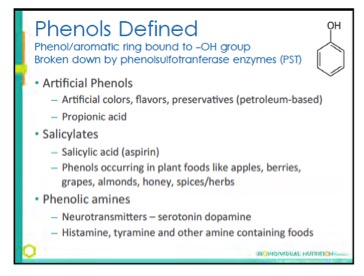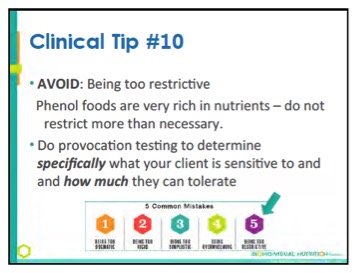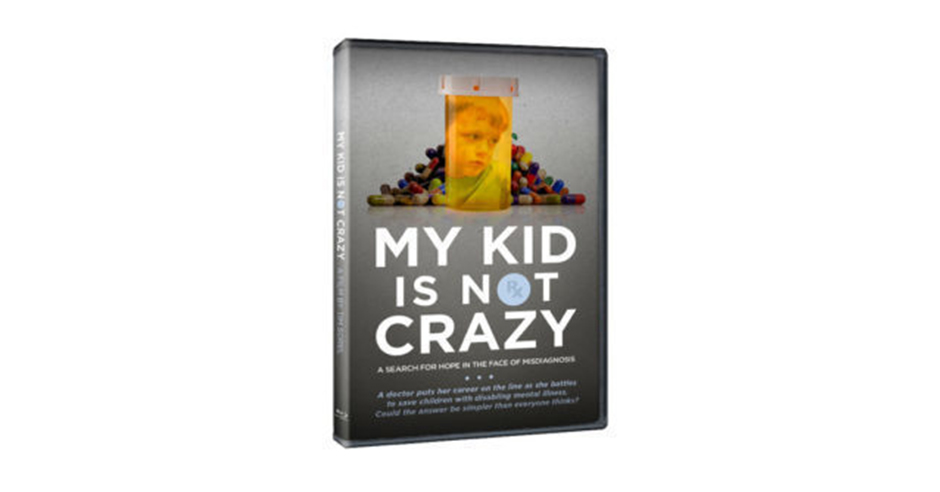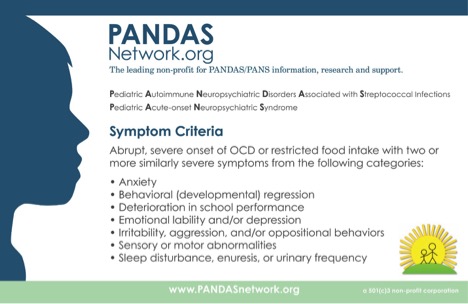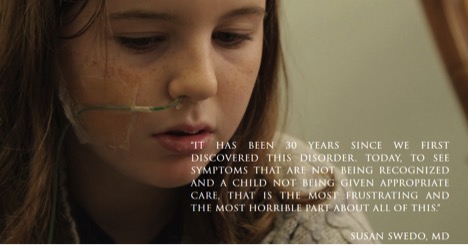Annmarie Skin Care is an organic skin care line that is wildcrafted and promises a beautiful and glowing skin. Their products are non-GMO, fair trade, gluten-free, and they never test on animals.
As you know, I’m all about quality when it comes to the food you consume, the nutrients you use for optimal health and easing your anxiety AND also what you use on your skin!
I’ve been a fan of Annmarie Skin Care products since the company launched because they are so clean!
The Annmarie Skin Care line is free of toxic ingredients and share more in their blog: Top 10 Toxic Skin Care Ingredients (Avoid Putting on Your Skin at All Costs)
The key to healthy beauty care is to understand what’s really underneath the lid. While that may seem like a lot of work, you just have to know what to keep your eyes open for. And once you know what to look for, you can add yourself among the rapidly growing group of empowered consumers who are asking questions and being justifiably snobby about their product choices.
To help you in this mission to makeover your personal stock of cosmetics, we’ve put together a list of 10 ingredients you should avoid in anything you buy. By steering clear of these nasties, you can rest assured that whatever you’re putting on your skin isn’t harming it.
Parabens #1 on the list and are unquestionably the most commonly used preservatives in the cosmetics industry:
They’re in just about any cream you might use, as they prevent mold, fungus and parasites from sprouting and growing in your products. The problem is that they can be absorbed through the skin, and have often been found in breast cancer tumors! All signs point to skin care products being the cause.
Because of this, there is a growing concern that excessive use of parabens may give rise to breast cancer in women and testicular cancer in men. Although there haven’t been any conclusive studies proving this, it should be enough to make you concerned. In fact, it’s why there are so many “paraben-free” items popping up in the supermarket and pharmacies around the country.
Parabens can appear in different forms, so here’s what you want to look out for:
- benzylparaben
- butyiparaben
- propylparaben
- methylparaben
- ethylparaben
- isobutylparaben
Here are #2 through #10 Toxic Skin Care Ingredients to avoid (none of which are found in Annmarie Gianni products):
- Phthalates
- Benzoyl Peroxide
- Triclosan
- Resorcinol
- Hydroquinone
- Petroleum
- Methylisothiazolinone
- Oxybenzone
- Artificial Dyes and Synthetic Colors
I love the Aloe Herb Cleanser pictured above but my favorite product is the Neroli Toning Mist which I use as a spritz instead of perfume. It’s refreshing, uplifting and calming!
I encourage you to give these products a try. I know you’ll love how clean they are. Here is the link to the store.
I’d love to hear what you think and do let us know which are your favorite Annmarie products and if you have other favorite non-toxic cosmetic companies you like.
